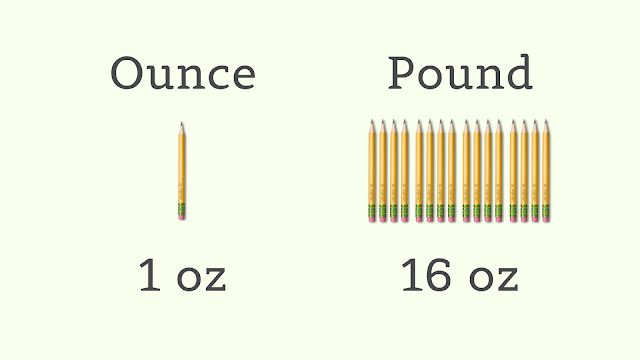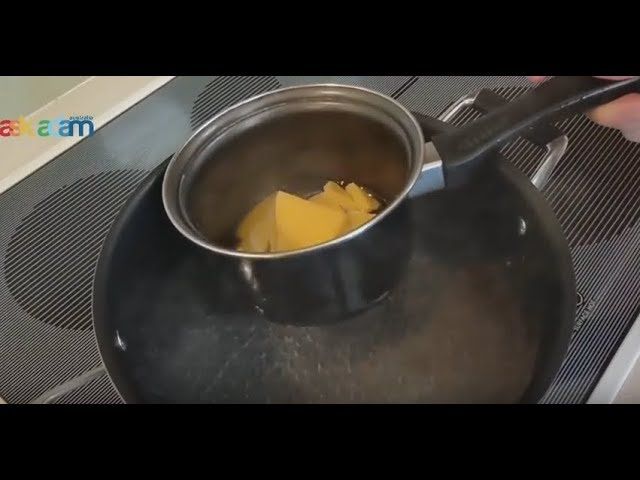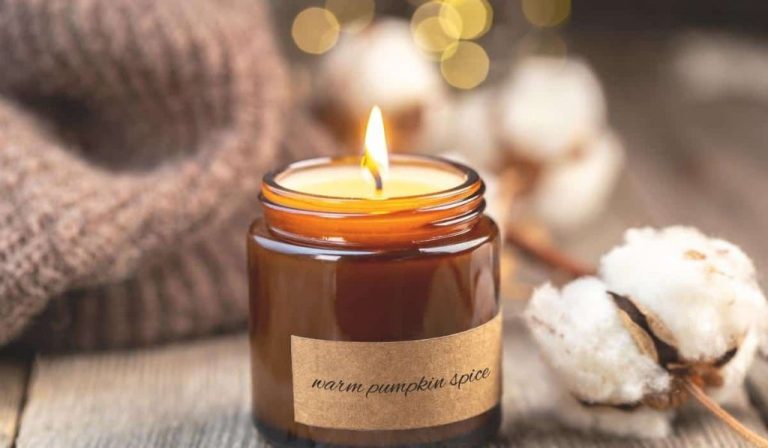Does 16 Oz Make 1 Lb?
Defining Ounces and Pounds
Ounces and pounds are units of measurement for weight used in the imperial system. An ounce is defined as a unit equal to 1/16 of a pound (https://www.calcgenie.com/weight-converters/ounces-to-pounds). This means an ounce is a smaller unit, while a pound is a larger unit.
Specifically, one pound is equal to 16 ounces. An ounce is abbreviated as “oz” and a pound is abbreviated as “lb” in the imperial system which originated in the British empire and is still used in the United States today.
The Relationship Between Ounces and Pounds
There are 16 ounces in 1 pound. This set ratio allows for easy conversion between ounces and pounds.
As referenced on the RapidTables site, “1 lb is equal to 16 oz: 1 lb = 16 oz.” https://www.rapidtables.com/convert/weight/how-many-ounces-in-pound.html This 1:16 ratio is the key to converting between pounds and ounces in both directions.
Since a pound contains 16 ounces, if you know the amount in pounds you can multiply by 16 to get the number of ounces. For example, 2 lbs equals 2 * 16 = 32 oz. Going the other direction, if you have a certain number of ounces, you can divide by 16 to convert to pounds. For instance, 32 oz divided by 16 equals 2 lbs.
Understanding this fundamental relationship allows for easy conversion between pounds and ounces using basic multiplication and division.
Some Examples Converting Ounces and Pounds
Since 1 pound is equal to 16 ounces, we can use this relationship to convert between pounds and ounces:
- 16 oz = 1 lb
- 32 oz = 2 lbs
- 48 oz = 3 lbs
- 64 oz = 4 lbs
- 80 oz = 5 lbs
We can also go the other way and convert pounds to ounces:
- 1 lb = 16 oz
- 2 lbs = 32 oz
- 3 lbs = 48 oz
- 4 lbs = 64 oz
- 5 lbs = 80 oz
Being able to quickly convert between ounces and pounds is very handy, especially in cooking and baking where recipes often use both units.
Using Conversions in Cooking and Baking
Many recipes call for ingredient amounts in ounces or pounds. Knowing the conversion allows measuring the right amounts. For example, if a recipe calls for 1 pound of flour, that’s equivalent to 16 ounces of flour. The conversion comes in handy when you only have a scale that measures in ounces or if you want to halve a recipe that calls for ingredients in pounds.
Baking recipes in particular rely on precise measurements, so being able to convert between ounces and pounds is important. An example is a bread recipe that requires 2 pounds of flour. To make just half the recipe, you would need 1 pound of flour, which converts to 16 ounces.
Some cooks prefer weighing ingredients for accuracy versus measuring cup amounts, which can vary in how densely the ingredient is packed. With a kitchen scale, cooks can easily weigh ounces and pounds of ingredients. Knowing that 16 ounces equals 1 pound allows seamlessly converting between the two units.
When adapting recipes, conversions help modify the ingredient amounts properly. If you wanted to double a cookie recipe that uses 8 ounces of butter, knowing 8 ounces converts to 1/2 pound allows scaling the amount up to 1 pound or 16 ounces of butter.
Online cooking resources like Weight Conversions for Recipes provide handy ounce to pound conversion charts. Whether precisely following a recipe or creatively adapting it, converting between pounds and ounces helps ensure baking success.
Converting Ounces to Pounds and Vice Versa
Converting between ounces and pounds is quite straightforward since they are units of the same measurement: weight. There are 16 ounces in 1 pound. This makes the math simple to convert between them in either direction using division and multiplication.
To convert ounces to pounds, divide the number of ounces by 16. For example:
32 ounces divided by 16 equals 2 pounds
To convert pounds to ounces, multiply the number of pounds by 16. For example:
2 pounds times 16 equals 32 ounces
So 16 ounces makes 1 pound, and 1 pound makes 16 ounces. The conversion works both ways using basic math operations.
Visualizing an Ounce and Pound
It can be hard to visualize and understand the difference between an ounce and a pound without seeing examples side by side. Photos can help give a sense of scale and quantity for these units of measurement.

For example, here is a photo showing 1 ounce of gold next to 1 pound of gold:

As you can see, 1 pound is much larger in size and quantity than 1 ounce. Sixteen 1 ounce pieces would be needed to make up 1 pound.
Another example is 1 ounce of flour next to 1 pound of flour:
Again this visual shows how 1 pound is clearly far more flour than 1 ounce. Seeing photos like this make it easier to grasp the relationship between ounces and pounds.
The Origins of Ounces and Pounds
Ounces and pounds date back to Roman times and the Middle Ages. The ounce originated as a unit of mass in ancient Rome, equal to about 27 grams. The word “ounce” comes from the Latin word “uncia” meaning a twelfth part. There were 12 ounces in the Roman pound (libra).
The pound originated as a unit of mass in the Roman Empire, equal to about 327 grams. It was divided into 12 ounces. The abbreviation “lb” for pound comes from the Latin word “libra” meaning scales or a balance.
In medieval England, a reformed pound was established equal to 12 ounces or 16 ounces to the pound. These units became standardized in the British Imperial system starting in the 1500s. The avoirdupois pound of 16 ounces was used for general goods, while the troy pound of 12 ounces was used for precious metals (Pound (mass); The Pound Weight – its History).
Uses for Ounces Today
Even though pounds are common units for measuring weight in the United States, ounces still have many uses today:
Ounces are still widely used in cooking and baking, especially when measuring smaller quantities. Ingredients like seasonings, spices, citrus zest and juices are typically measured in teaspoons, tablespoons, ounces, or fluid ounces for precision. Recipes for baked goods typically measure ingredients like sugar, flour, and butter in ounces or cups.
Ounces are also frequently used when shipping packages and mail. Companies like UPS and USPS will bill you based on the package weight, with ounces as the unit. For example, the cost to ship 1-8 ounces via first class mail is $2-$3.50. Shipping costs increase with each additional ounce beyond 8 ounces.[https://www.stamps.com/usps/first-class-mail-postage-rate-increase/]
Precious metals like gold and silver are still measured and traded in troy ounces. Many investment firms will sell precious metals by the ounce or allow you to open a precious metals IRA denominated in troy ounces.[https://en.wikipedia.org/wiki/Ounce#International_troy_ounce]
Ounces are also commonly used to measure the weight of cigars and marijuana sold in dispensaries.[https://www.leafly.com/news/cannabis-101/cannabis-weights-and-measurements] An ounce is a typical unit for purchasing and transporting small quantities of these products.
Uses for Pounds Today
The pound is still commonly used today for measuring body weight, food quantities, and heavy shipping weights in both the United Kingdom and the United States.
For body weight, pounds are often preferred over kilograms in everyday conversation and non-scientific contexts. People may refer to their own body weight in pounds or track their weight loss progress in pounds lost.
In recipes and food packaging, pounds are frequently used to denote the quantity or serving size, especially in the US. Meat, produce, pasta, and other ingredients are often measured in pounds and ounces.
For shipping heavy items, pounds are the standard unit used to calculate freight weights and charges. This includes heavy equipment, bulk materials like gravel or sand, and large shipped palettes. Most freight carriers determine their rates based on charges per pound.
So while pounds are not used as a main currency unit today, they still maintain relevance in everyday non-financial contexts related to weight and mass.
Summary
In summary, an ounce is a smaller unit of weight while a pound is a larger unit. The key relationship to remember is that 1 pound equals 16 ounces. This allows easy conversion between ounces and pounds.
To recap:
- An ounce is a unit of weight equal to 1/16 of a pound
- A pound is a unit of weight equal to 16 ounces
- To convert ounces to pounds, divide the number of ounces by 16
- To convert pounds to ounces, multiply the number of pounds by 16
Some common conversions are:
- 1 pound = 16 ounces
- 8 ounces = 0.5 pounds
- 32 ounces = 2 pounds
Understanding conversions between ounces and pounds allows for easy measurement in cooking, baking, shipping, and other everyday tasks. The key fact to remember is that 16 ounces make 1 pound.






